• Unique machine • Original engine and frame • Rebuilt in the Morbidelli Museum's workshop • Has been run One of motorcycle racing's many 'might-have-beens', the unique machine offered here is Ducati's fabled 125cc four-cylinder Grand Prix racer, which took so long to develop that it had been rendered obsolete by the time the project was completed. Its senior management having decided that racing success was the best way to promote the fledgling manufacturer, Ducati recruited engineer Fabio Taglioni, formerly with Ceccato and Mondial, to oversee its racing and development programmes. Commencing work in May 1954, Taglioni designed the first of Ducati's now legendary sporting singles: the 100 Gran Sport, nicknamed 'Marianna', which made its racetrack debut in 1955. The Gran Sport's overhead cam was driven by a vertical shaft and bevel gears, and this method was carried over to Ducati's 125cc twin-cam (bialbero) and triple-cam (trialbero) racers, the latter featuring Taglioni's famous 'desmodromic' method of valve actuation that dispensed with springs. Having relied hitherto on single-cylinder designs for the 125 class, Ducati introduced a 125 twin at Monza in 1958, the final round of that year's World Championship. Although the Ducati 125s proved capable of winning Grands Prix, they lacked the consistency to challenge the dominant MVs for World Championship honours. And when the Japanese manufacturers arrived en masse in the early 1960s, bringing multi-cylinder technology to the lightweight classes, the writing seemed well and truly on the wall for the European opposition. Hence Taglioni's decision to build a 125 four. Faced with mounting financial difficulties, Ducati withdrew its works team from Grand Prix racing at the end of 1959, which may explain the project's apparent lack of urgency. It would not be resurrected until 1964, and only then at the behest of Ducati's Spanish subsidiary, Moto Trans. In its 16th June 1965 edition, Motor Cycle News reported that, following extensive bench tests, the machine had been tried recently by Ducati's test rider, former racer Franco Farne. However, by this time Honda had been running a similar machine for almost two years and in '66 debuted a five-cylinder 125, moving the game out of Ducati's reach. Although the tests were deemed successful, the 125 four was never raced; instead it was reduced to touring motorcycle shows around Europe, including London's Earls Court in 1966 and '67. Nevertheless, this machine is notable in several ways, being Ducati's first four-cylinder motorcycle and its first to use four valves per cylinder, albeit closed by springs rather than desmodromically. Like the two Honda 125s, the Ducati was equipped with an eight-speed gearbox. How Ducati's 125 four ended up behind the Iron Curtain remains a mystery, for that is where it would be rediscovered decades later. The engine turned up in the Technical Museum in Riga, Latvia while the frame was found in former Yugoslavia. When Giancarlo Morbidelli was managing his factory, he travelled widely throughout Europe, which is how he found the engine. The frame, though, had been purchased towards the end of the 1960 by Gilberto Parlotti, who fitted a different Ducati engine. Among other places, Parlotti raced the machine in Yugoslavia, which is how the frame ended up there. It was discovered by one of Mr Morbidelli's friends, who did not recognise it; Franco Farne confirmed its identity. Its major components reunited, the Ducati 125 four was rebuilt by Giancarlo Morbidelli and his team. The fuel tank was made by Mr Morbidelli himself, as were other parts (the Museum curator remembers finding Mr Morbidelli in the factory on Christmas Day, working on the tank!) while the brakes, forks, hubs, etc used in the rebuild are of correct type. A wonderful monument to the engineering genius of Fabio Taglioni, the machine has been run since the restoration's completion but most of the time has been kept on display. Accompanying docume
• Unique machine • Original engine and frame • Rebuilt in the Morbidelli Museum's workshop • Has been run One of motorcycle racing's many 'might-have-beens', the unique machine offered here is Ducati's fabled 125cc four-cylinder Grand Prix racer, which took so long to develop that it had been rendered obsolete by the time the project was completed. Its senior management having decided that racing success was the best way to promote the fledgling manufacturer, Ducati recruited engineer Fabio Taglioni, formerly with Ceccato and Mondial, to oversee its racing and development programmes. Commencing work in May 1954, Taglioni designed the first of Ducati's now legendary sporting singles: the 100 Gran Sport, nicknamed 'Marianna', which made its racetrack debut in 1955. The Gran Sport's overhead cam was driven by a vertical shaft and bevel gears, and this method was carried over to Ducati's 125cc twin-cam (bialbero) and triple-cam (trialbero) racers, the latter featuring Taglioni's famous 'desmodromic' method of valve actuation that dispensed with springs. Having relied hitherto on single-cylinder designs for the 125 class, Ducati introduced a 125 twin at Monza in 1958, the final round of that year's World Championship. Although the Ducati 125s proved capable of winning Grands Prix, they lacked the consistency to challenge the dominant MVs for World Championship honours. And when the Japanese manufacturers arrived en masse in the early 1960s, bringing multi-cylinder technology to the lightweight classes, the writing seemed well and truly on the wall for the European opposition. Hence Taglioni's decision to build a 125 four. Faced with mounting financial difficulties, Ducati withdrew its works team from Grand Prix racing at the end of 1959, which may explain the project's apparent lack of urgency. It would not be resurrected until 1964, and only then at the behest of Ducati's Spanish subsidiary, Moto Trans. In its 16th June 1965 edition, Motor Cycle News reported that, following extensive bench tests, the machine had been tried recently by Ducati's test rider, former racer Franco Farne. However, by this time Honda had been running a similar machine for almost two years and in '66 debuted a five-cylinder 125, moving the game out of Ducati's reach. Although the tests were deemed successful, the 125 four was never raced; instead it was reduced to touring motorcycle shows around Europe, including London's Earls Court in 1966 and '67. Nevertheless, this machine is notable in several ways, being Ducati's first four-cylinder motorcycle and its first to use four valves per cylinder, albeit closed by springs rather than desmodromically. Like the two Honda 125s, the Ducati was equipped with an eight-speed gearbox. How Ducati's 125 four ended up behind the Iron Curtain remains a mystery, for that is where it would be rediscovered decades later. The engine turned up in the Technical Museum in Riga, Latvia while the frame was found in former Yugoslavia. When Giancarlo Morbidelli was managing his factory, he travelled widely throughout Europe, which is how he found the engine. The frame, though, had been purchased towards the end of the 1960 by Gilberto Parlotti, who fitted a different Ducati engine. Among other places, Parlotti raced the machine in Yugoslavia, which is how the frame ended up there. It was discovered by one of Mr Morbidelli's friends, who did not recognise it; Franco Farne confirmed its identity. Its major components reunited, the Ducati 125 four was rebuilt by Giancarlo Morbidelli and his team. The fuel tank was made by Mr Morbidelli himself, as were other parts (the Museum curator remembers finding Mr Morbidelli in the factory on Christmas Day, working on the tank!) while the brakes, forks, hubs, etc used in the rebuild are of correct type. A wonderful monument to the engineering genius of Fabio Taglioni, the machine has been run since the restoration's completion but most of the time has been kept on display. Accompanying docume
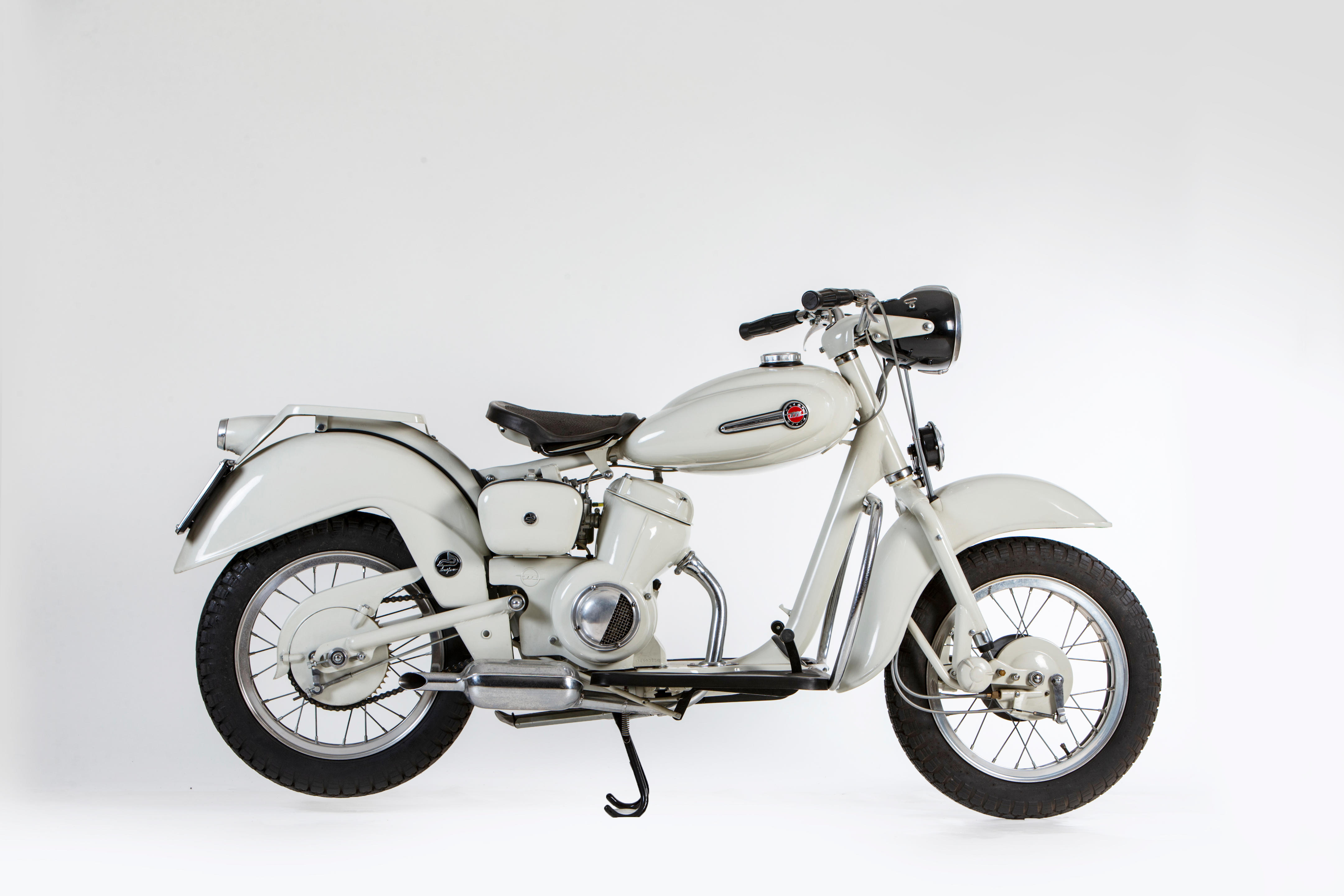
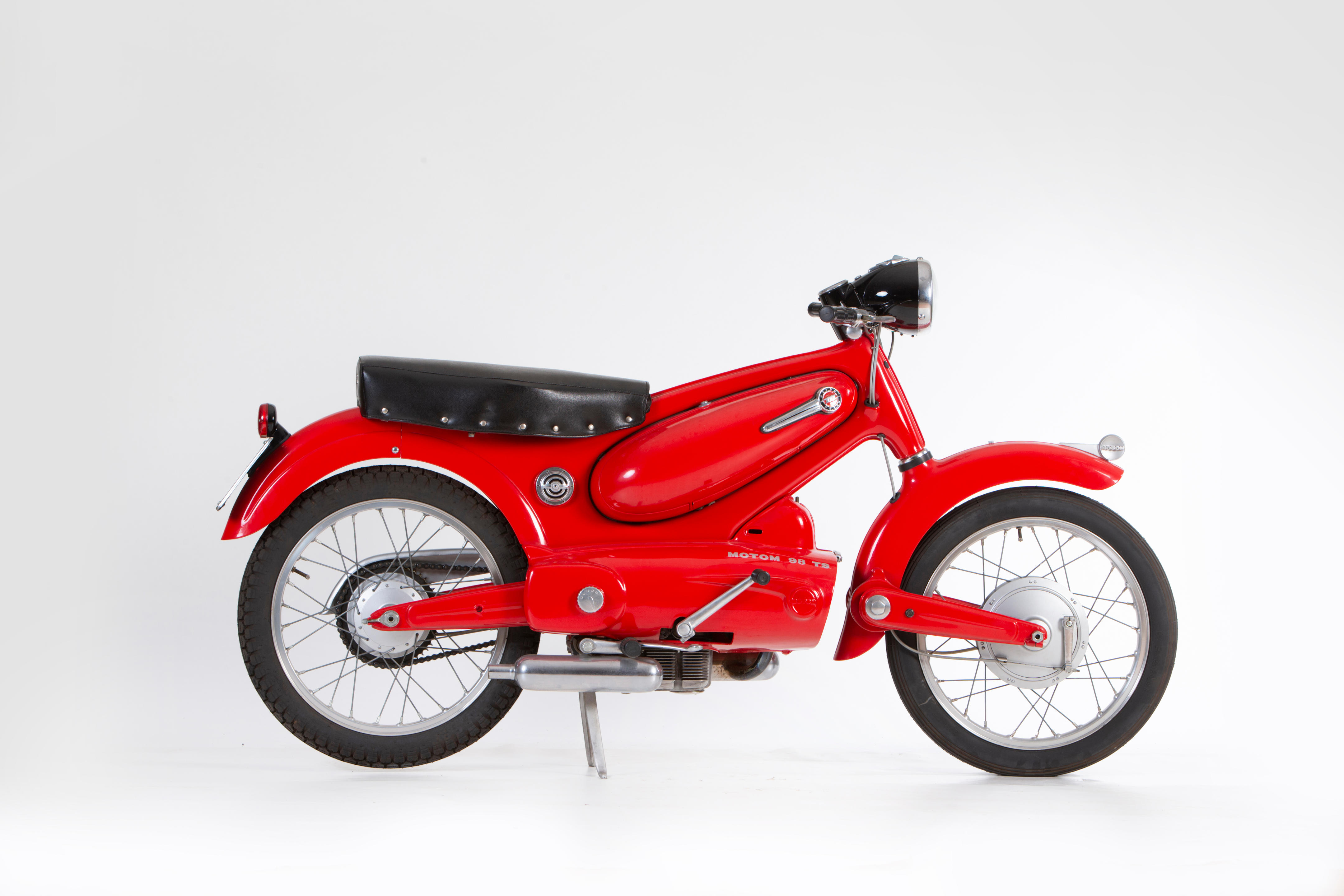
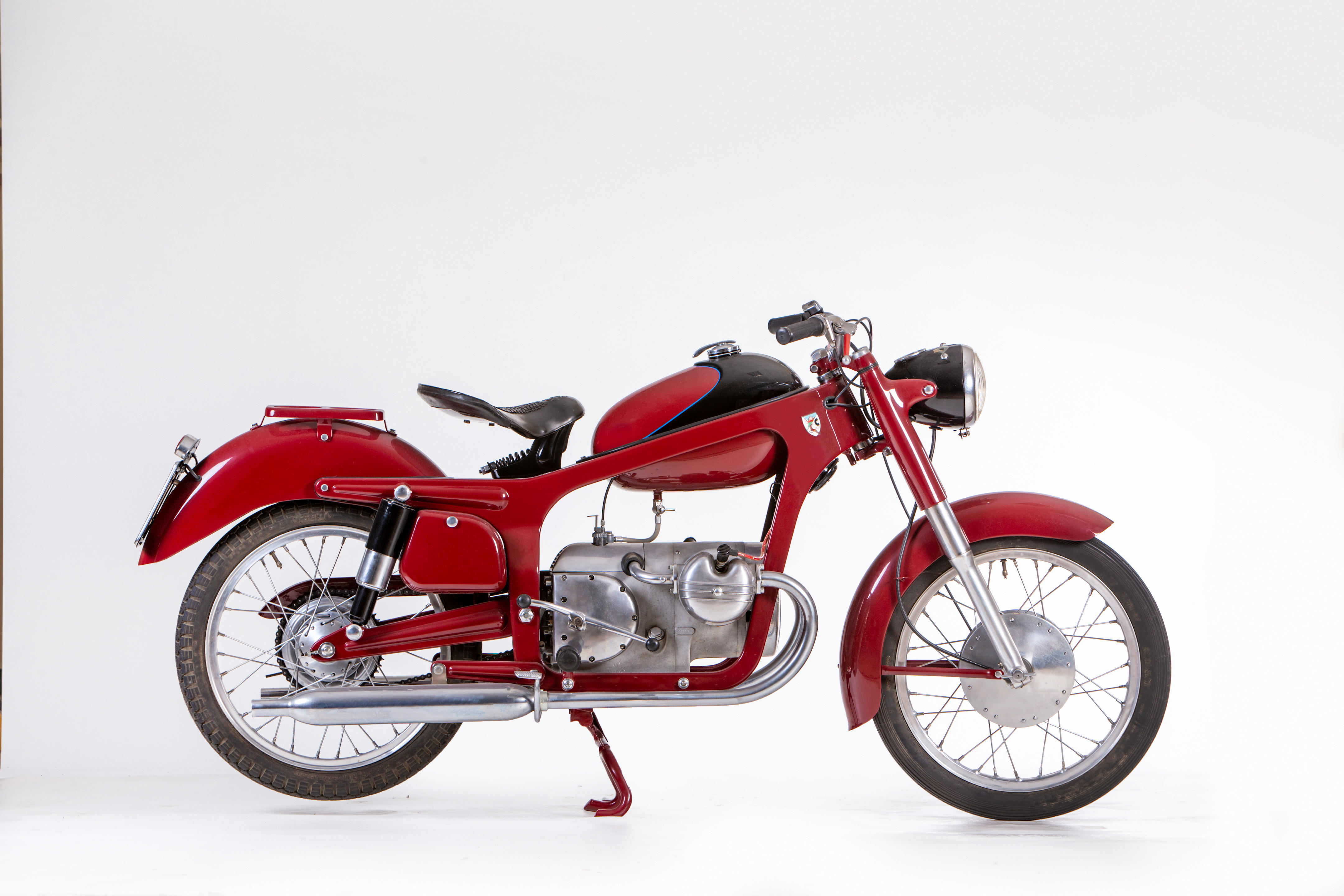
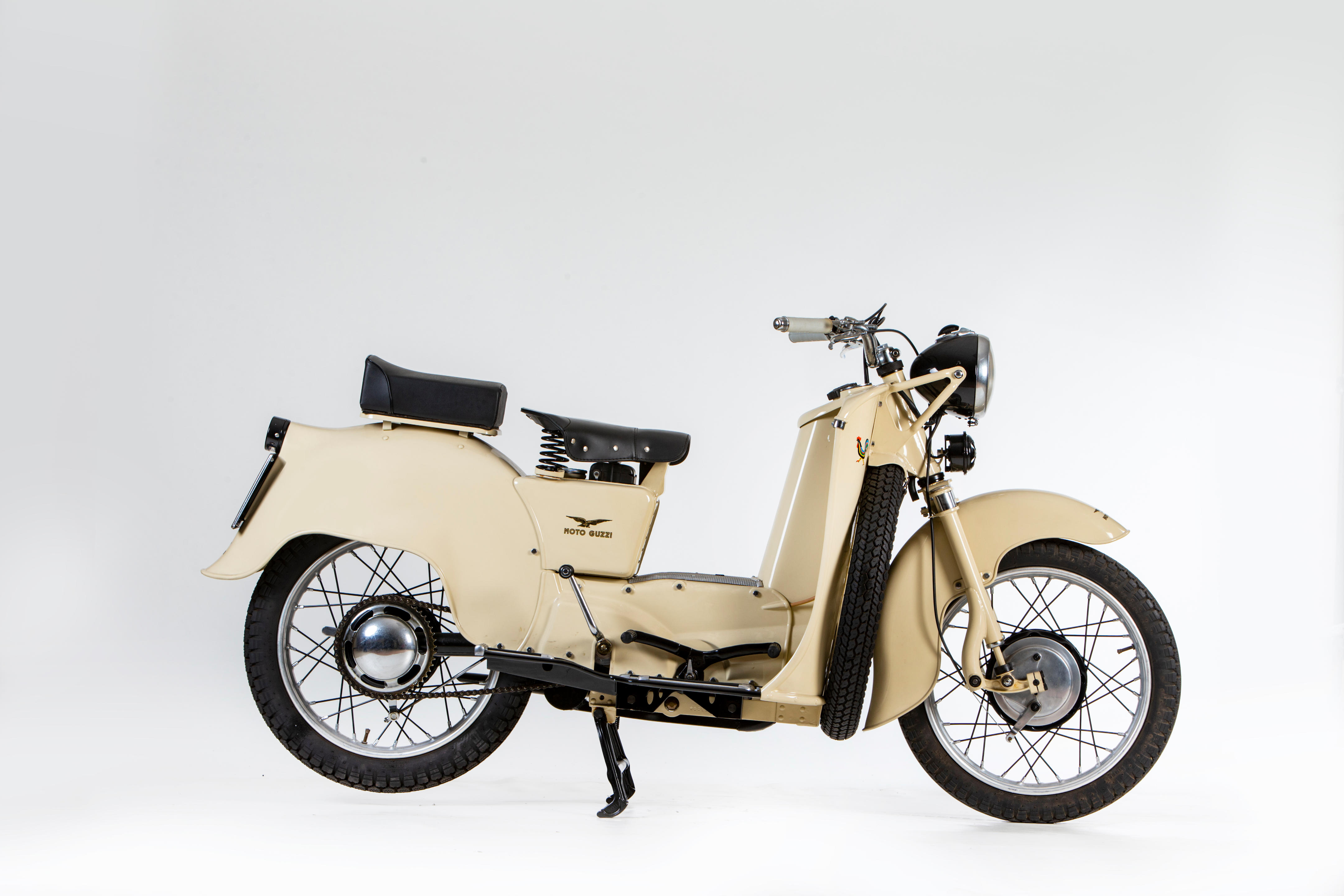
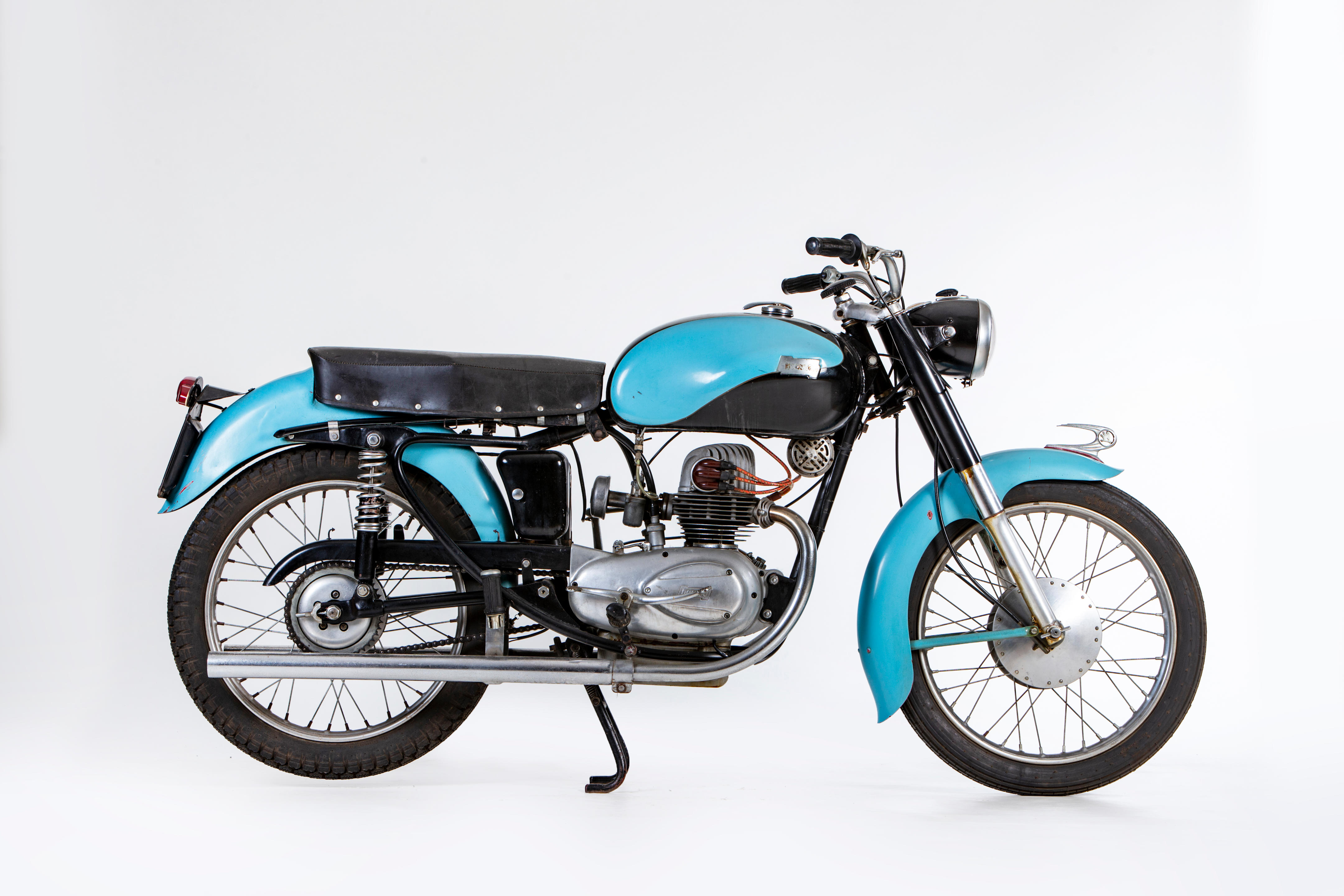
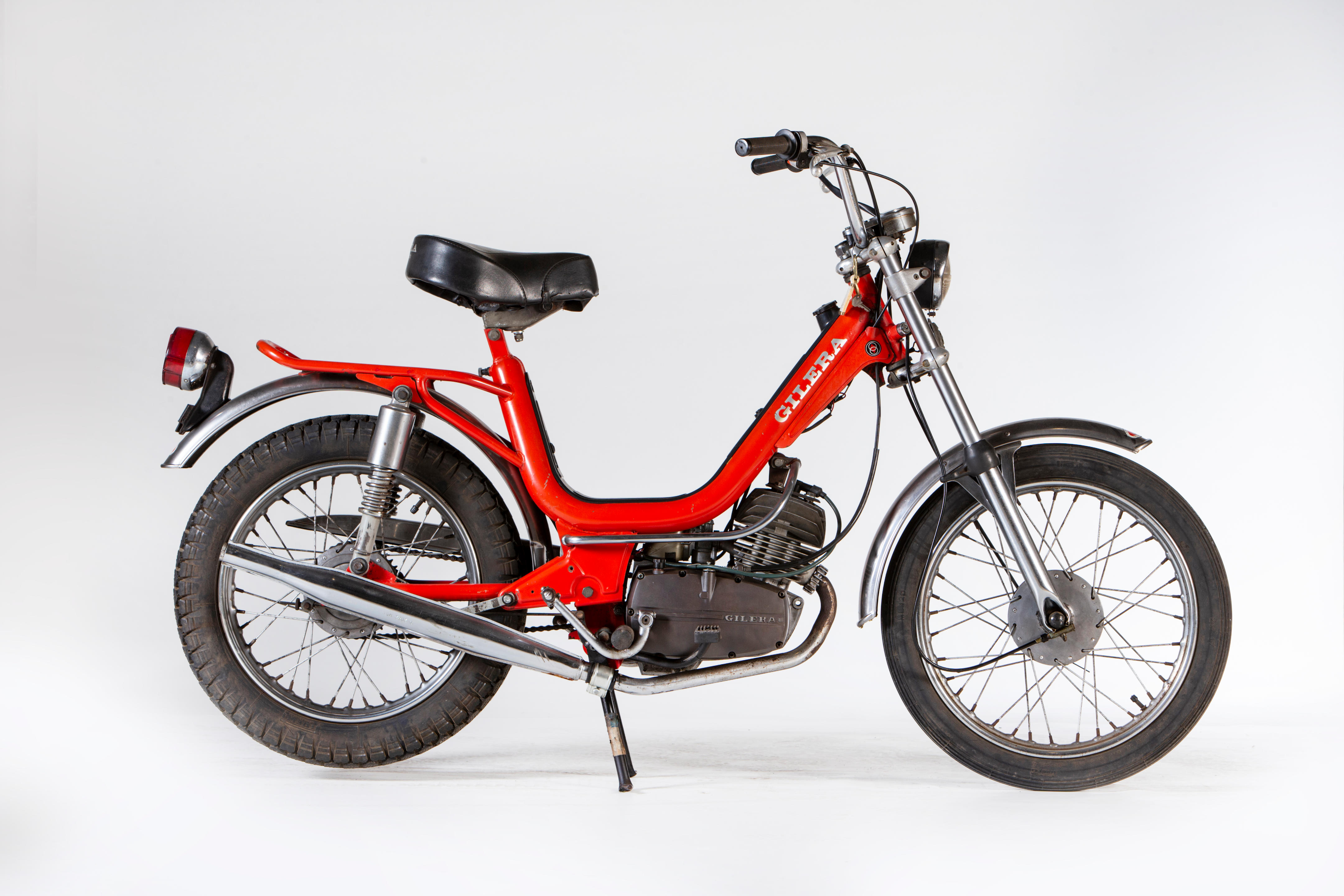
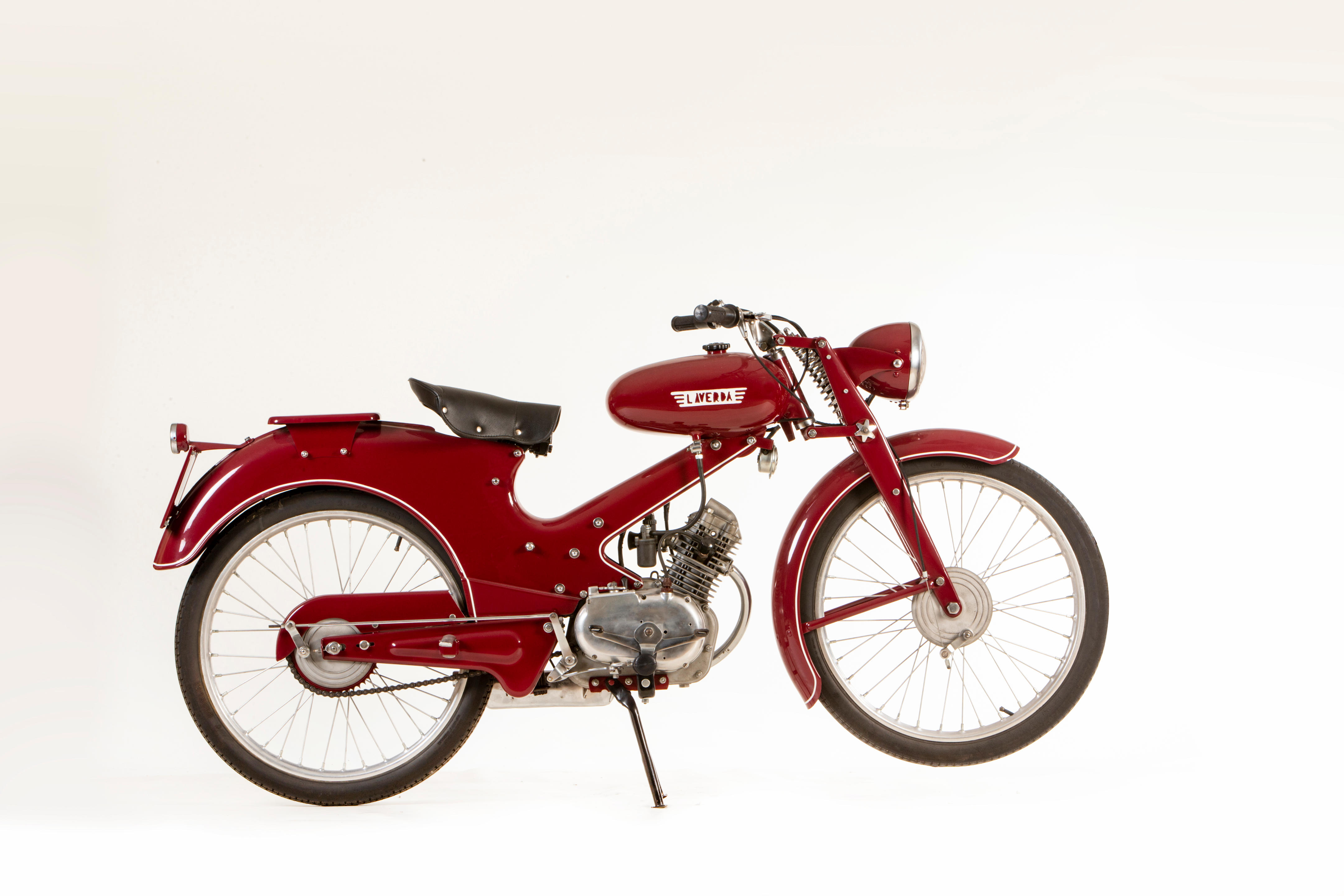
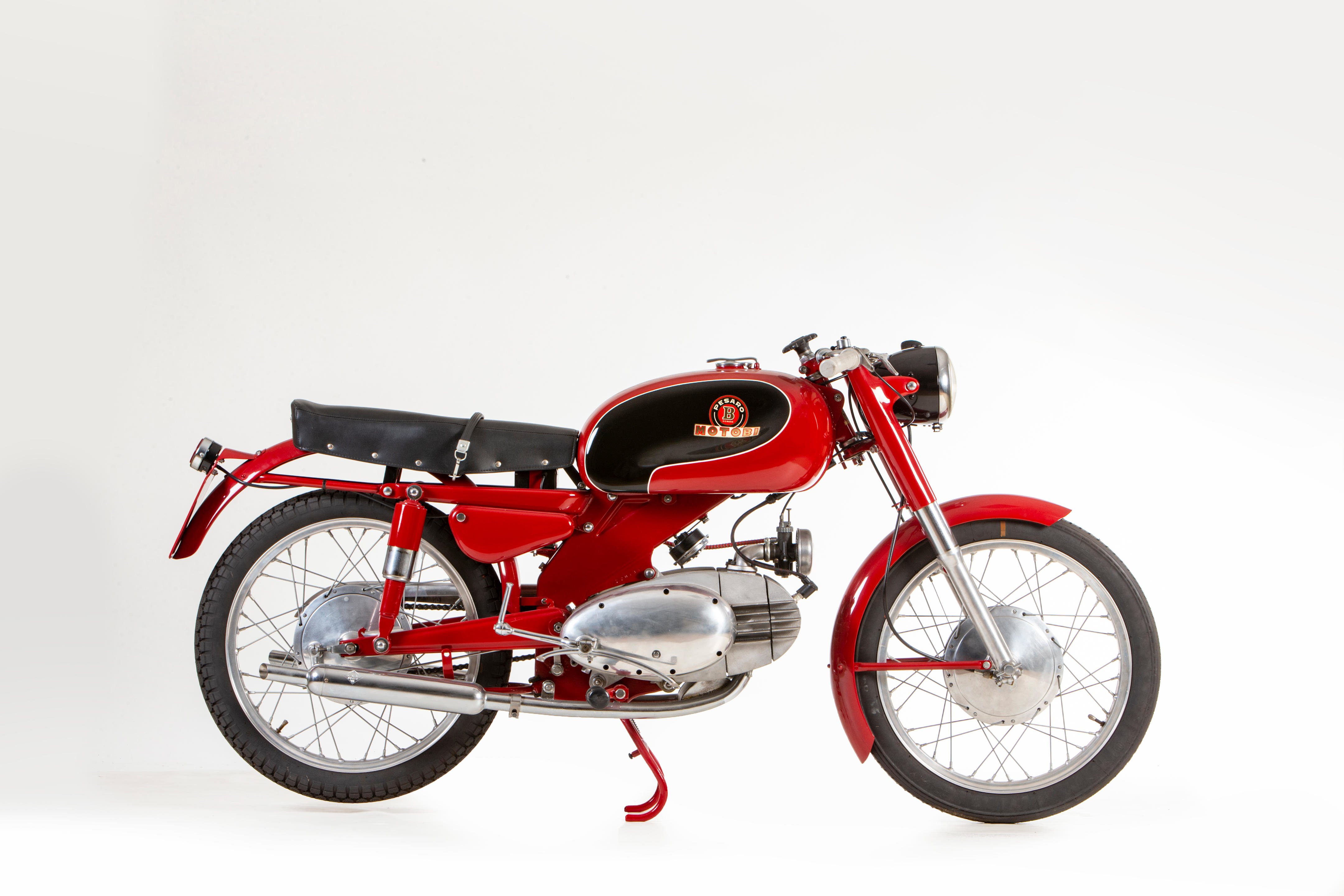
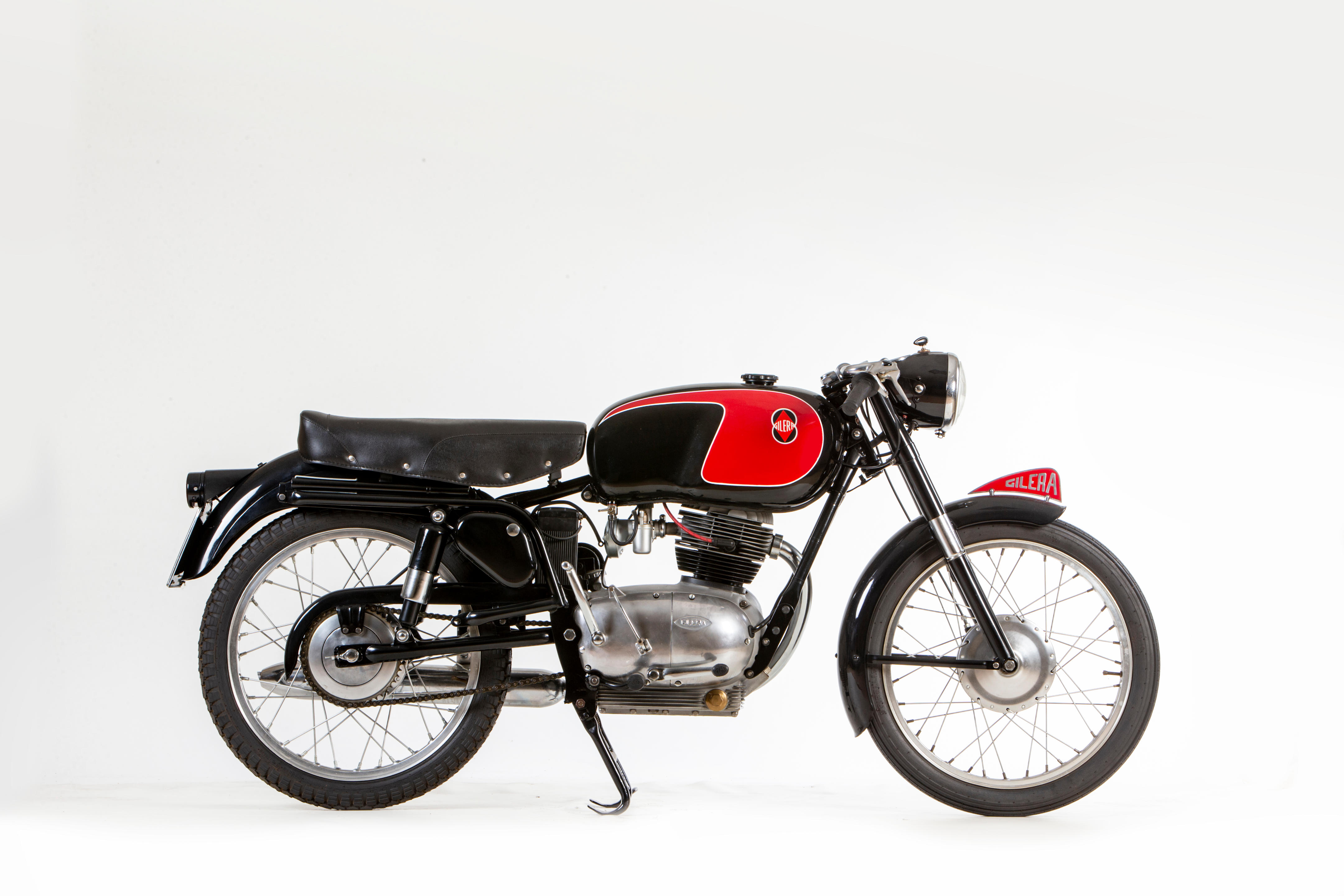
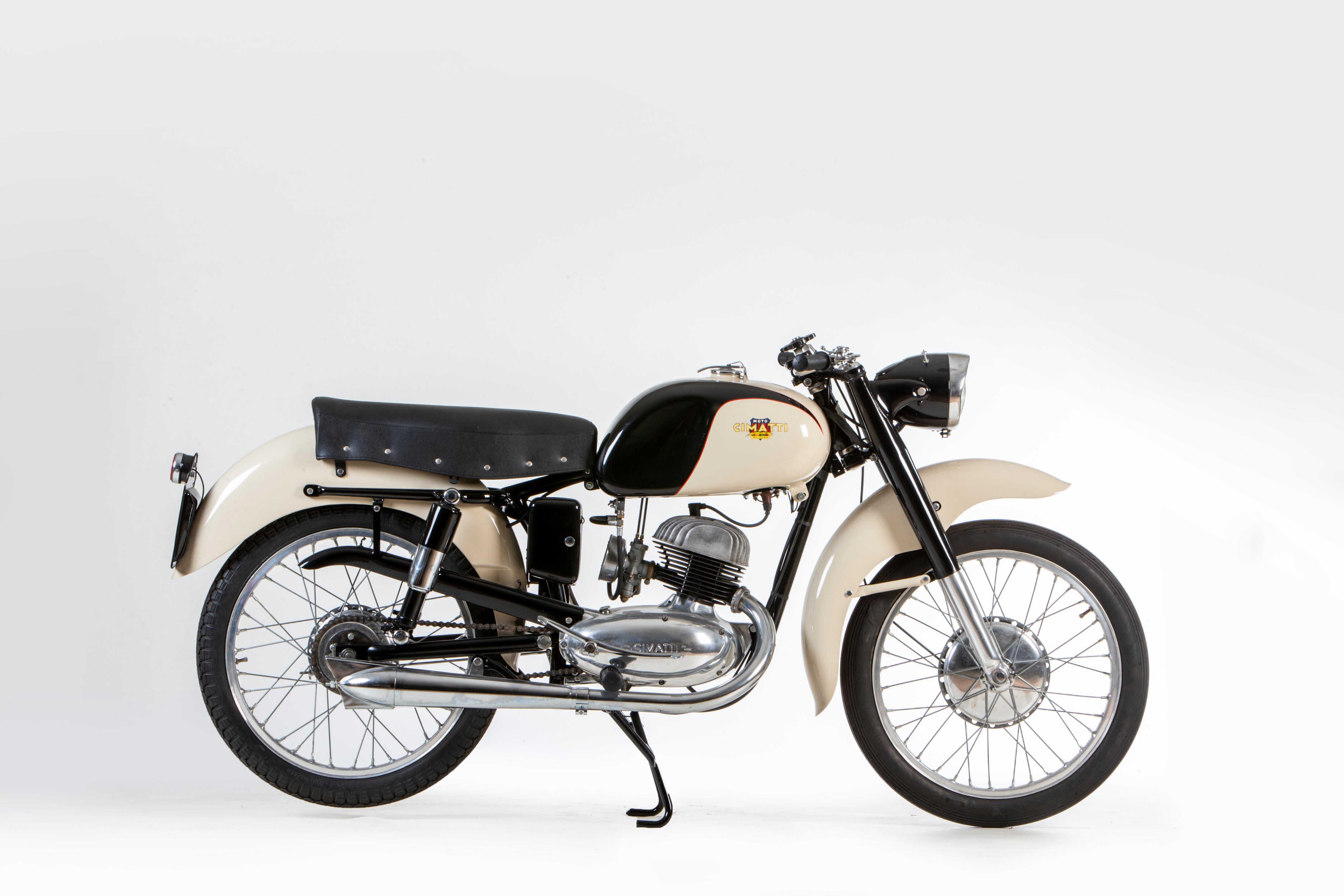
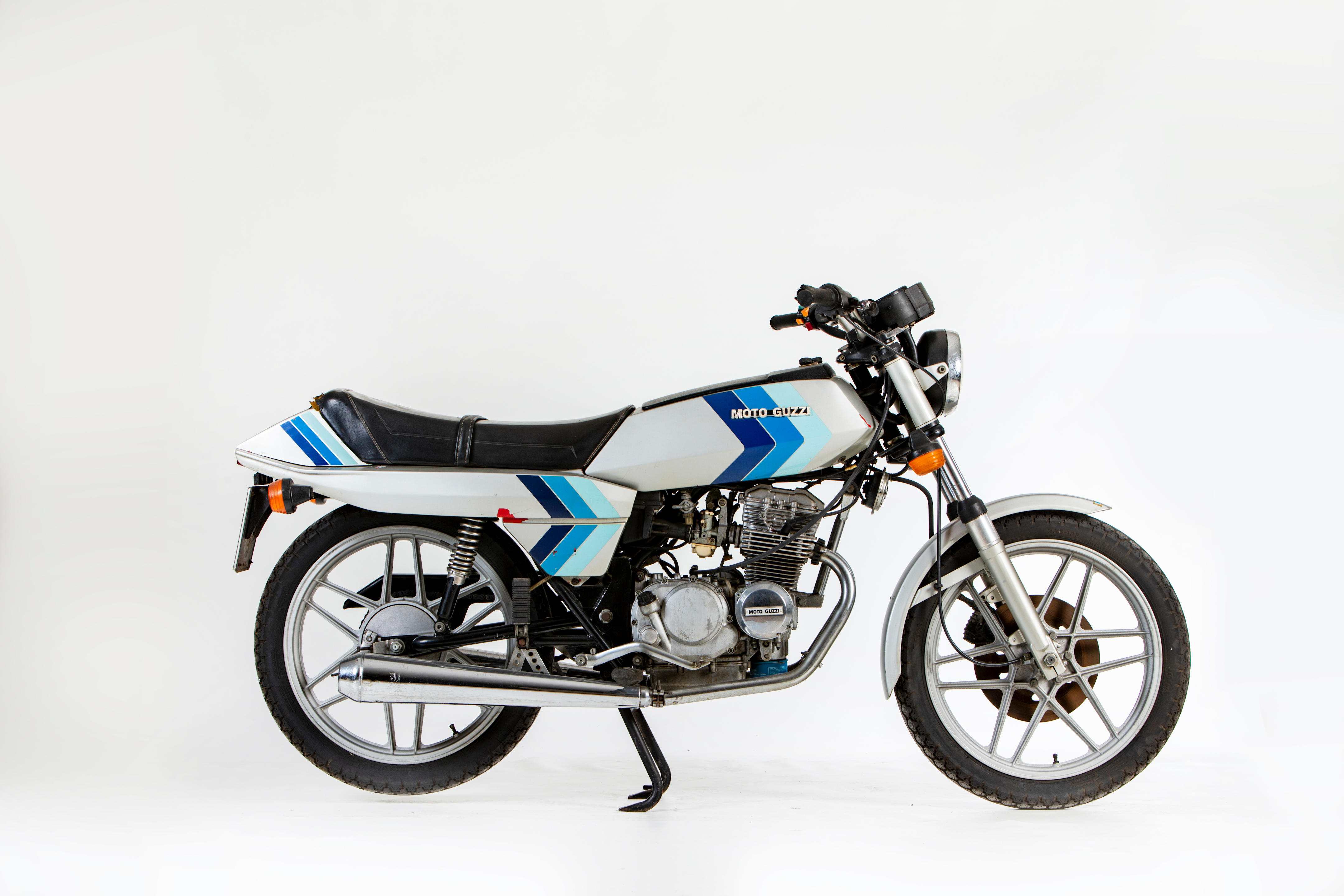
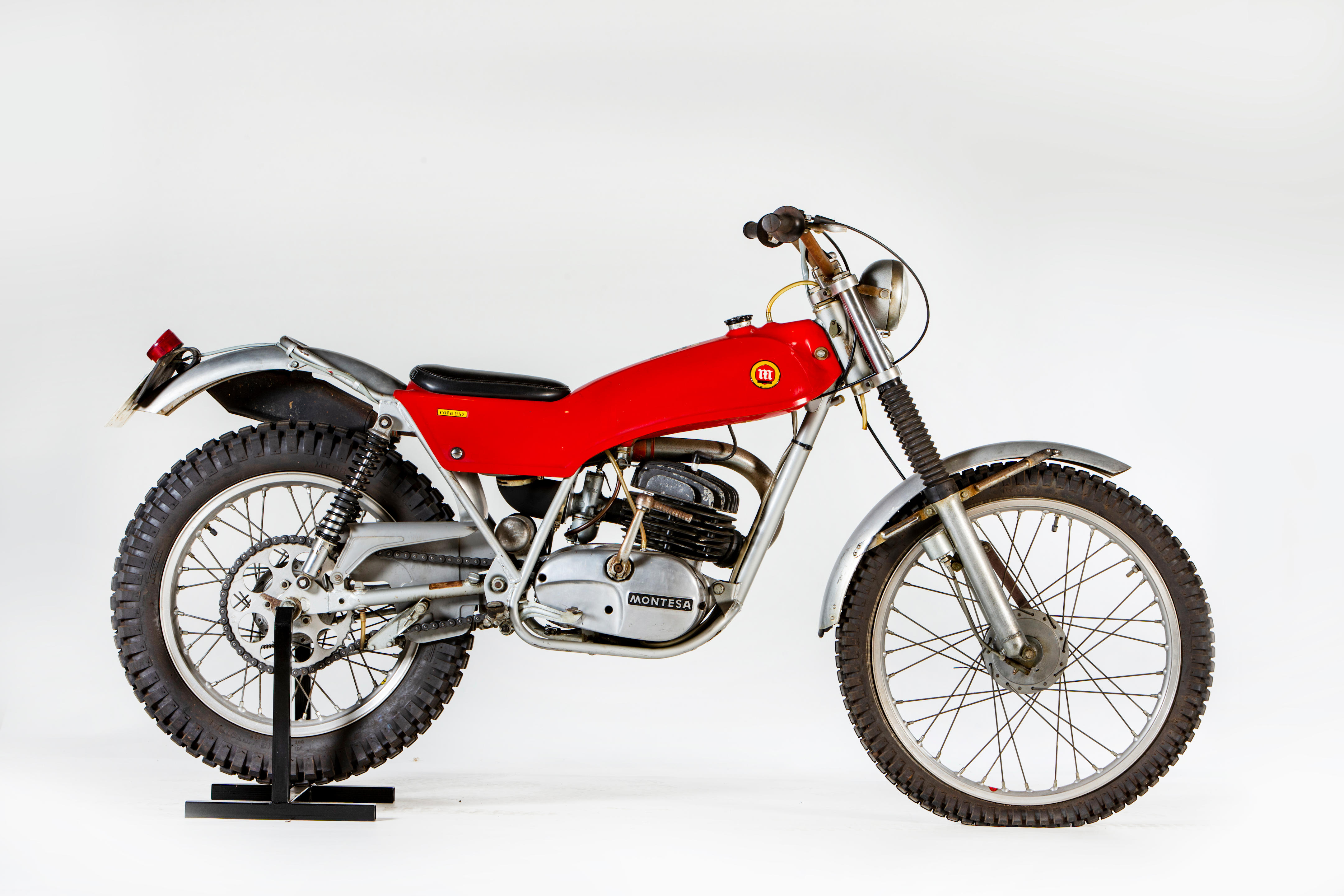
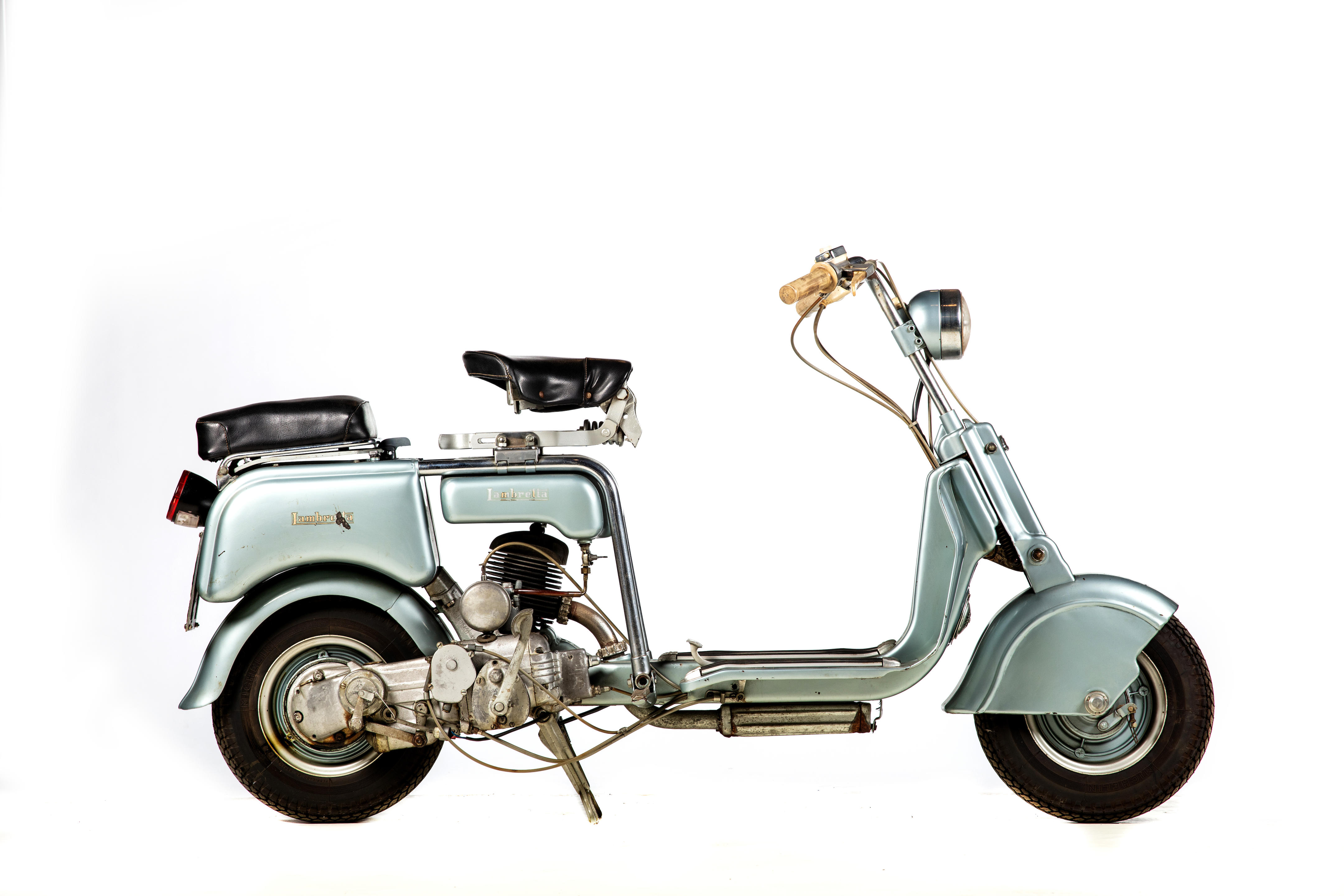
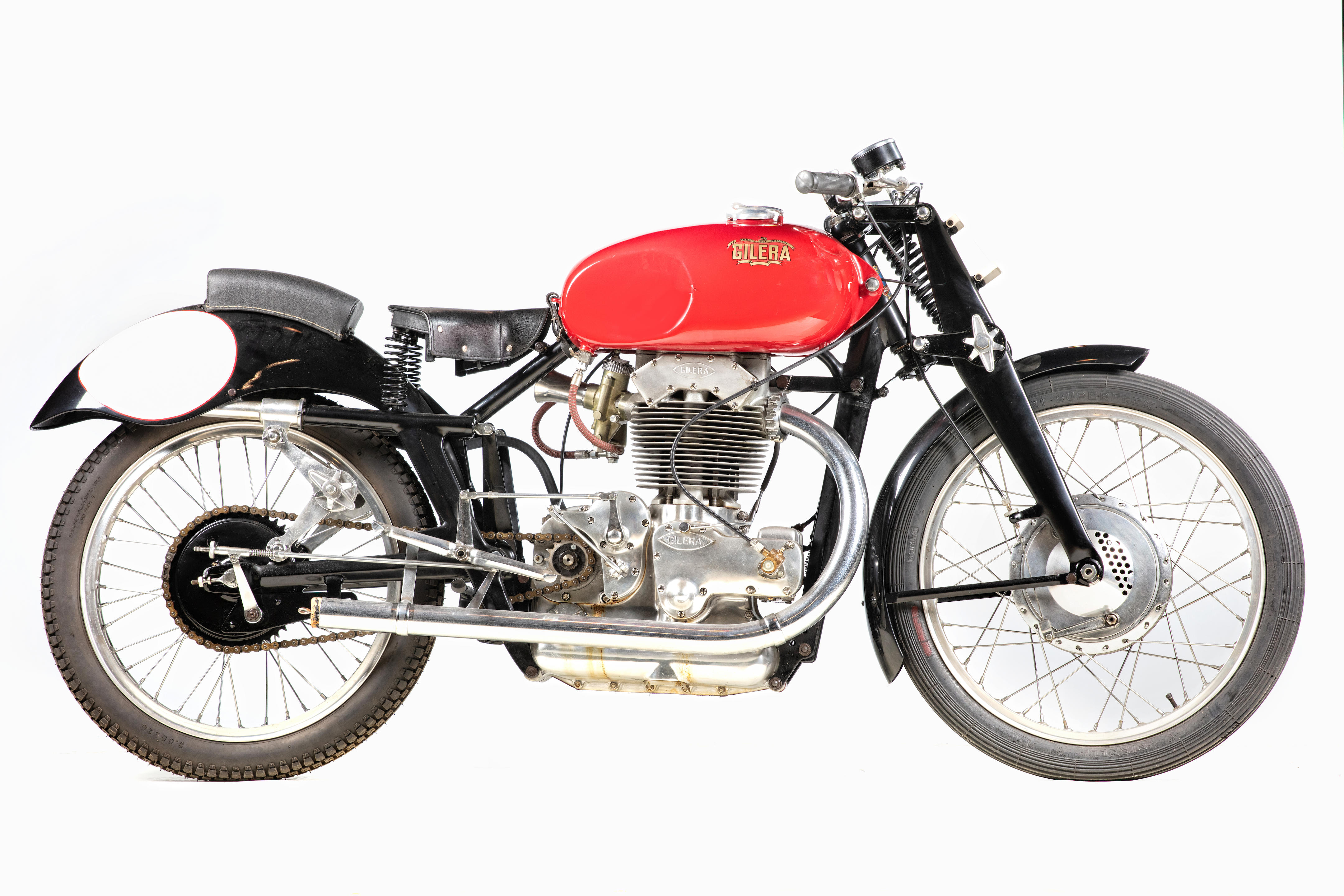

Testen Sie LotSearch und seine Premium-Features 7 Tage - ohne Kosten!
Lassen Sie sich automatisch über neue Objekte in kommenden Auktionen benachrichtigen.
Suchauftrag anlegen